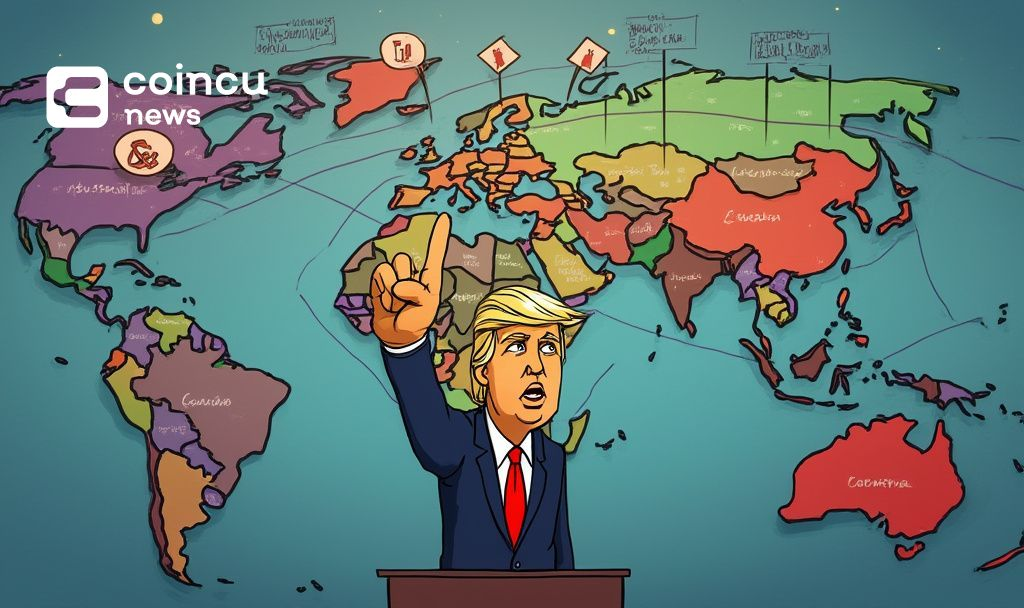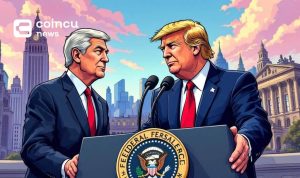- Tariff suspension announced, excluding Mexico and Canada; global reactions monitored.
- Stock markets react to the tariff changes and potential implications.
- Major shift in U.S. trade strategy amid ongoing global negotiations.

President Donald Trump has initiated a 90-day pause on reciprocal tariffs for over 75 countries, effectively adjusting the general tariff rate to 10% immediately. The new tariff policy exempts Mexico and Canada.
This decision signifies a significant recalibration of U.S. trade policy, aiming to leverage negotiations with trading partners globally while maintaining pressure on China and maintaining consistent tariffs on imports from Mexico and Canada.
Trump Adjusts Tariffs; China Sees 125% Increase
President Trump’s recent announcement marks a key strategic movement in U.S. trade policy. By pausing tariffs for numerous countries, the U.S. aims to open negotiations regarding trade barriers and unfair practices. “Over 75 Countries have called U.S. representatives to negotiate. Based on their willingness to discuss issues like trade barriers and tariffs, I have authorized a 90-day pause, effective immediately, with a reduced 10% general tariff,” said Donald Trump.
An immediate change includes the reduction of the general tariff to 10% for impacted countries, whereas tariffs on China have been increased to 125%, highlighting escalating trade tensions. This decision underscores ongoing U.S. efforts to tackle currency manipulation and unfair trade practices with numerous global trading partners. For more details, refer to the Amendment to tariffs on low-value imports from China.
The market’s reaction to Trump’s announcement was instantly noticeable. Markets experienced fluctuations as investors evaluated potential price increases and the risks of retaliatory actions. Some industry sectors, especially those dealing with steel and aluminum, could experience shifts in demand. Treasury Secretary Scott Bessent highlighted, “This strategy aims to enhance our negotiation leverage globally.”
Historical Tariff Trends and Global Trade Implications
Did you know?
The last major U.S. tariff pause was implemented in the mid-1990s to foster new trade agreements with emerging economies, leading to a 20% increase in bilateral trade within a year.
Historically, tariffs have been both tools for negotiation and points of economic contention. Experts view this latest pause as part of Trump’s broader strategy to secure more favorable trade conditions. Countries like Japan and EU members find themselves in a favorable position, experiencing reduced reliance on U.S. tariffs.
Financial and regulatory outcomes from this tariff adjustment indicate potential shifts in international alliances and trade dynamics. Historical trends show that such measures can lead to prolonged negotiations, similar to previous trade wars. Asian markets, particularly China, face heightened scrutiny as U.S. officials press for market fairness and adherence to global standards. For the latest updates, consult the Trump 2.0 Tariff Tracker for 2025 updates and insights.























